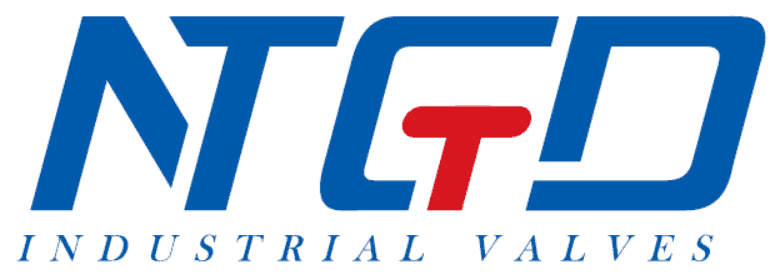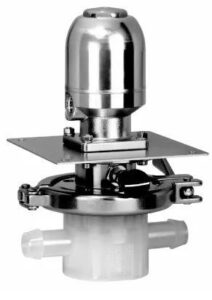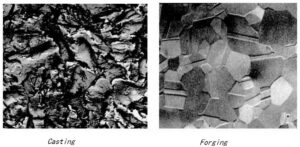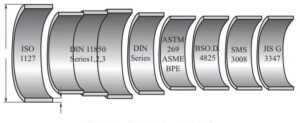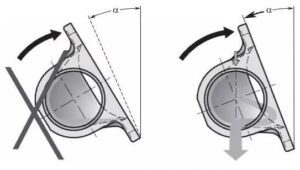- Introduction to Different Forms of Diaphragm Valve Bodies
The valve body of a diaphragm valve is the core component that comes into contact with the medium. The design structure of the valve body determines the type of valve. In order to adapt to different application positions, diaphragm valves have corresponding forms for their valve bodies, such as two-way diaphragm valves, welding combination types, I-valve types, T-shaped valves, bottom valves, and multi-way valves. Among them, two-way valves and zero dead angle multi-way valves are the most commonly used valves in pharmaceutical water systems.

- Certification Materials for Diaphragm Valve Bodies
As the part of the valve body that comes into contact with the medium, it should also have a corresponding component number to ensure its traceability. In addition, the corresponding test certificate for the valve body should be provided. For example, compliance certification (2.1 compliance document), material certification (3.1 material certificate), or special certification (such as 3.2 inspection certificate).
- Different Materials for Diaphragm Valve Bodies
To adapt to different media, diaphragm valves have corresponding materials for their valve bodies, such as cast stainless steel, forged stainless steel, block-form stainless steel, as well as special materials like 904L and plastics. Below is a disposable diaphragm valve processed with plastic material. This valve is specially tailored for small-batch rapid production, featuring characteristics such as no need for cleaning and flexible operation. It is an essential part of the Single-Use system in biopharmaceutical enterprises and is widely used in the bioproduct industry.
Depending on the processing technology, diaphragm valves are divided into forged valve bodies and cast valve bodies. Below are the SEM images of casting and forging.
Here are two terms to understand:
A. Casting: It refers to the process of melting metal into a liquid that meets certain requirements and pouring it into a mold to obtain a casting with a predetermined shape, size, and performance after cooling and solidification, and then finishing.
Casting belongs to the basic process of modern mechanical manufacturing industry. The cost of the obtained blank in casting production is relatively low, especially for parts with complex shapes and especially those with complex internal cavities, which can better demonstrate its economy. At the same time, it has a wide adaptability and good comprehensive mechanical properties.
B. Forging: It refers to the processing method that applies pressure to the metal blank by using forging machinery to make it undergo plastic deformation in order to obtain a certain mechanical properties, shape, and size of forgings. Through forging, it can eliminate the casting defects such as looseness and welding pores.
The mechanical performance of forged diaphragm valves is generally better than that of cast diaphragm valves made from the same material. However, forged valves have higher requirements for processing accuracy and raw materials, so the price of forged valves is relatively higher than that of cast valves.
- Installation of Valve Bodies
Depending on the specifications of the main pipeline, the connecting pipes for the valve body can be processed into different interface standards (as shown in Figure 3.140 below). At the same time, depending on the different application places, diaphragm valves can also be processed into various connection methods such as welding, clamping, and flange connections.
The valve body needs to have a certain installation angle to ensure axial rotation (venting angle) until the farthest point from the sealing edge to the center and the lowest point of the pipe connection are in a straight line. In this way, the medium can pass through the valve unimpeded under low pressure drop and open valve conditions. Diaphragm valves of different specifications have different self-venting angles. Insufficient installation angle will cause the liquid to remain in the valve chamber and cause contamination and cross-contamination. Correctly installed diaphragm valves can achieve self-drainage under gravity. Figure 3.141 below is a schematic diagram of the installation angle of a two-way diaphragm valve, and the inclinometer mounted on the valve seat can be used to adjust the venting angle of the diaphragm valve.
